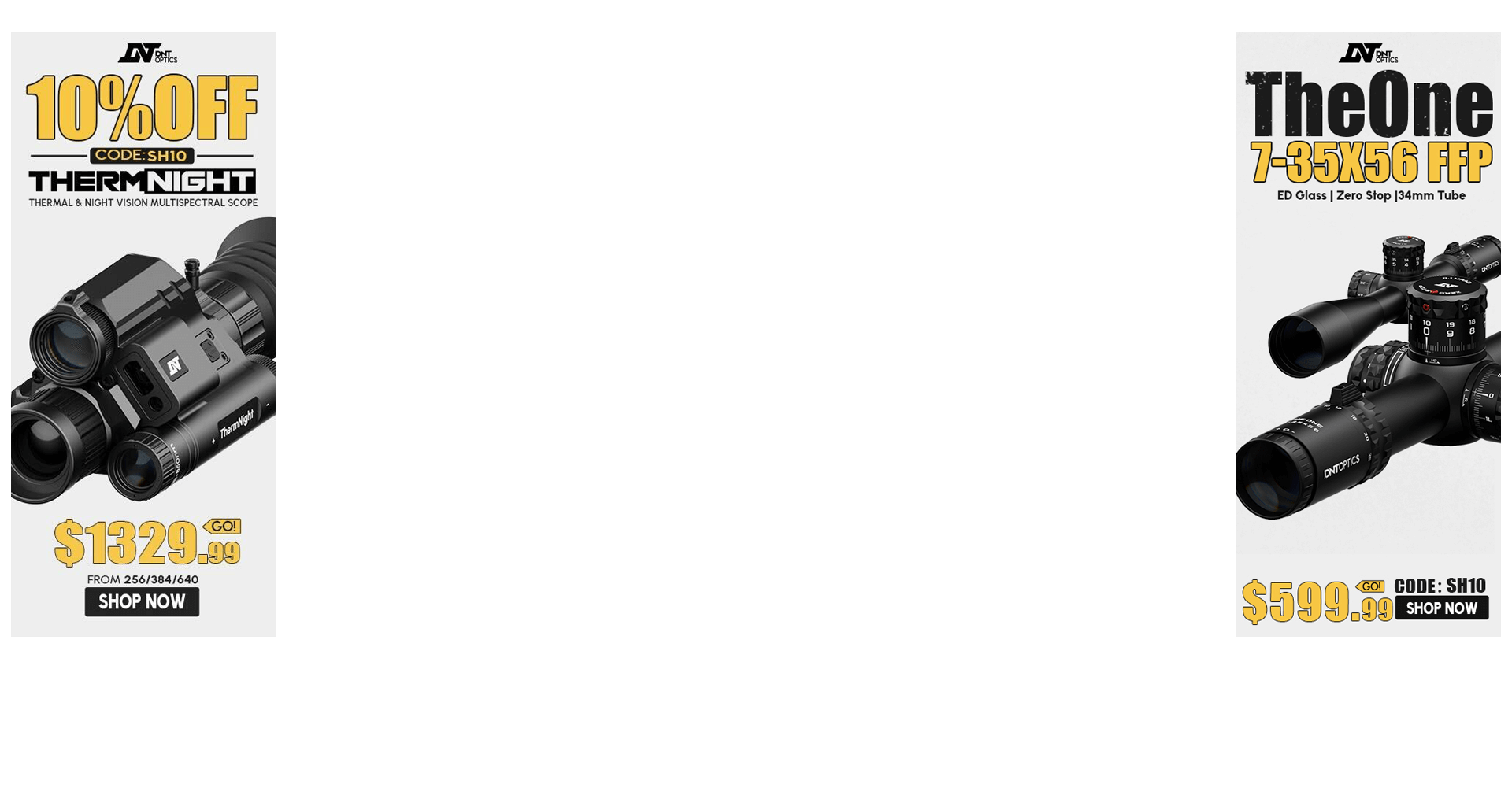I have been seeing some various stuff online about brushing out the case necks before you reload.
Most recently Bolt Action Reloading mentioned it as well as the recent AMP product release video for their new press.
As an experiment I used a copper bore brush on some cases and did a 5 shot test. I know I should have used nylon but I was curious.
It didn't work out at all. The brush I used was too stiff and it really messed up the neck tension. I had it on a handle and it basically acted like a mandrel.
Anyway these recent videos have made me curious. Now I am looking at the Forster bench mount neck brushes. Theirs has some dry lube that comes with it.
The question is what is your experience with brushing case necks? In your experience does the addition of dry lube help?
Please add any other tidbits about your preferences and process and what you use (if anything) below.
Most recently Bolt Action Reloading mentioned it as well as the recent AMP product release video for their new press.
As an experiment I used a copper bore brush on some cases and did a 5 shot test. I know I should have used nylon but I was curious.
It didn't work out at all. The brush I used was too stiff and it really messed up the neck tension. I had it on a handle and it basically acted like a mandrel.
Anyway these recent videos have made me curious. Now I am looking at the Forster bench mount neck brushes. Theirs has some dry lube that comes with it.
The question is what is your experience with brushing case necks? In your experience does the addition of dry lube help?
Please add any other tidbits about your preferences and process and what you use (if anything) below.

